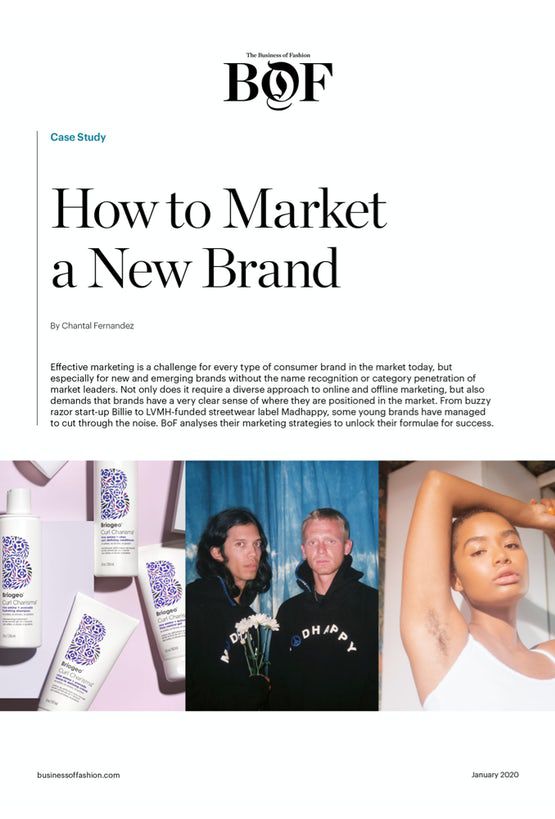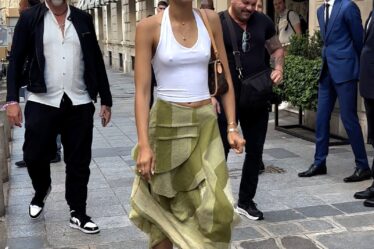
At the end of 2019, two of beauty’s most hyped brands sold for huge sums. In December, Kylie Cosmetics — the lip kit empire built on selfies by one of the most famous people on the planet, Kylie Jenner — sold a majority stake to Coty in a deal that valued the brand at almost $1.2 billion. A month earlier, Shiseido paid $845 million to acquire Sephora-favourite skincare line Drunk Elephant, a brand started by Tiffany Masterson, a stay-at-home mom with a passion for clean ingredients.
BoF’s latest case study isn’t for the Kylie Jenners of the world, who can steer their giant audiences toward new products simply by posting on social media. This guide is for the future Tiffany Mastersons, who see a gap in the market and the opportunity to build something different — if only customers could take notice.
While online tools like Instagram and Shopify have made it easier than ever to start a business, attracting attention to a new product is still incredibly difficult. Social media is flooded with brands, new and old, competing for the attention of shoppers, who increasingly tune out paid ads and are wary of sponsored content on their feeds. Acquiring customers in this environment requires creativity and ingenuity.
But when executed correctly, customers — and industry leaders — take notice. Just before this case study was published, one of its subjects, the women’s razor brand Billie, was acquired by Procter & Gamble. The consumer product giant cited Billie’s “consumer connection” as a key selling point, yet another example of validation for digital marketing prowess in the e-commerce era.
What does it take to forge those valuable connections? No single approach guarantees success, but this case study offers a variety of strategies to consider as you think about marketing a new brand in 2020.
Click below to read the case study now.



